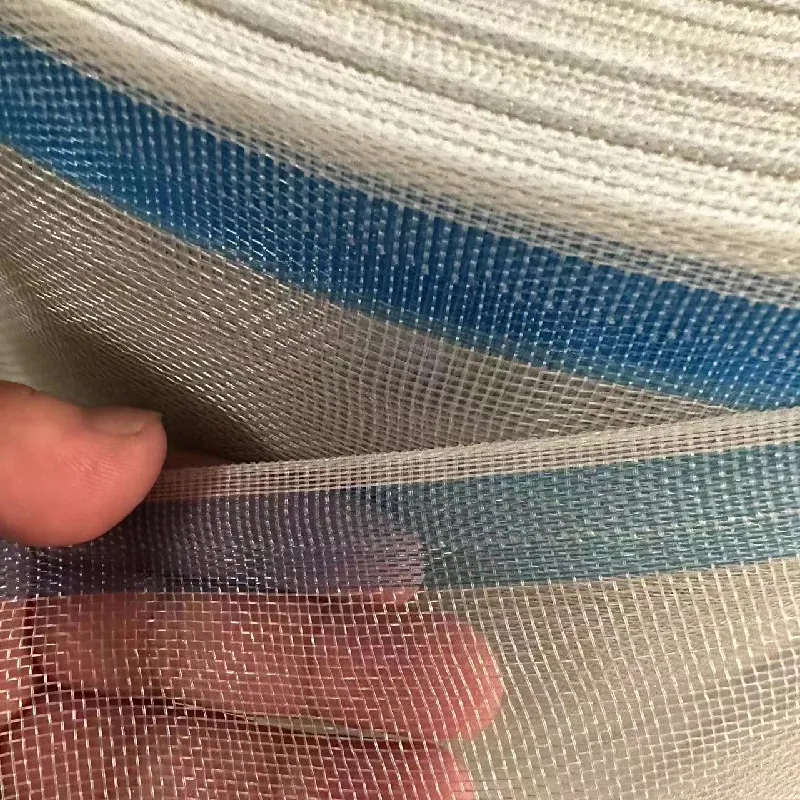-
 Afrikaans
Afrikaans -
 Albanian
Albanian -
 Amharic
Amharic -
 Arabic
Arabic -
 Armenian
Armenian -
 Azerbaijani
Azerbaijani -
 Basque
Basque -
 Belarusian
Belarusian -
 Bengali
Bengali -
 Bosnian
Bosnian -
 Bulgarian
Bulgarian -
 Catalan
Catalan -
 Cebuano
Cebuano -
 China
China -
 Corsican
Corsican -
 Croatian
Croatian -
 Czech
Czech -
 Danish
Danish -
 Dutch
Dutch -
 English
English -
 Esperanto
Esperanto -
 Estonian
Estonian -
 Finnish
Finnish -
 French
French -
 Frisian
Frisian -
 Galician
Galician -
 Georgian
Georgian -
 German
German -
 Greek
Greek -
 Gujarati
Gujarati -
 Haitian Creole
Haitian Creole -
 hausa
hausa -
 hawaiian
hawaiian -
 Hebrew
Hebrew -
 Hindi
Hindi -
 Miao
Miao -
 Hungarian
Hungarian -
 Icelandic
Icelandic -
 igbo
igbo -
 Indonesian
Indonesian -
 irish
irish -
 Italian
Italian -
 Japanese
Japanese -
 Javanese
Javanese -
 Kannada
Kannada -
 kazakh
kazakh -
 Khmer
Khmer -
 Rwandese
Rwandese -
 Korean
Korean -
 Kurdish
Kurdish -
 Kyrgyz
Kyrgyz -
 Lao
Lao -
 Latin
Latin -
 Latvian
Latvian -
 Lithuanian
Lithuanian -
 Luxembourgish
Luxembourgish -
 Macedonian
Macedonian -
 Malgashi
Malgashi -
 Malay
Malay -
 Malayalam
Malayalam -
 Maltese
Maltese -
 Maori
Maori -
 Marathi
Marathi -
 Mongolian
Mongolian -
 Myanmar
Myanmar -
 Nepali
Nepali -
 Norwegian
Norwegian -
 Norwegian
Norwegian -
 Occitan
Occitan -
 Pashto
Pashto -
 Persian
Persian -
 Polish
Polish -
 Portuguese
Portuguese -
 Punjabi
Punjabi -
 Romanian
Romanian -
 Russian
Russian -
 Samoan
Samoan -
 Scottish Gaelic
Scottish Gaelic -
 Serbian
Serbian -
 Sesotho
Sesotho -
 Shona
Shona -
 Sindhi
Sindhi -
 Sinhala
Sinhala -
 Slovak
Slovak -
 Slovenian
Slovenian -
 Somali
Somali -
 Spanish
Spanish -
 Sundanese
Sundanese -
 Swahili
Swahili -
 Swedish
Swedish -
 Tagalog
Tagalog -
 Tajik
Tajik -
 Tamil
Tamil -
 Tatar
Tatar -
 Telugu
Telugu -
 Thai
Thai -
 Turkish
Turkish -
 Turkmen
Turkmen -
 Ukrainian
Ukrainian -
 Urdu
Urdu -
 Uighur
Uighur -
 Uzbek
Uzbek -
 Vietnamese
Vietnamese -
 Welsh
Welsh -
 Bantu
Bantu -
 Yiddish
Yiddish -
 Yoruba
Yoruba -
 Zulu
Zulu
building netting
Understanding Building Netting A Crucial Element in Construction Safety
In the realm of construction, safety remains paramount. One often-overlooked aspect of ensuring a safe working environment is the use of building netting. This essential tool not only enhances safety measures but also plays a significant role in maintaining the integrity of construction sites. Building netting, also known as safety netting, is designed to catch debris and prevent it from falling, thereby protecting workers, pedestrians, and property.
Building netting is typically constructed from durable synthetic materials like polyethylene or polypropylene, which are resistant to weather elements and UV rays. This resilience makes it suitable for both indoor and outdoor applications in various construction projects. The netting is strategically installed around the perimeter of a construction site or on scaffolding to create a protective barrier. Its installation involves a careful process that ensures it is securely fastened to withstand the weight of potential falling debris.
One of the primary benefits of building netting is its ability to prevent accidents and injuries. Construction sites are inherently hazardous, with the risk of tools, materials, and debris falling from elevated heights. Building netting mitigates this risk by catching any objects that may fall, significantly reducing the likelihood of injuries to workers or members of the public nearby. This protective measure not only ensures the safety of individuals but also helps construction companies adhere to strict safety regulations and standards, which can prevent costly legal consequences.
building netting

Moreover, building netting contributes to maintaining a clean and organized construction site. By containing debris and materials, it minimizes the mess around the work area, leading to improved workflow and efficiency. Workers are less likely to trip over scattered tools or materials, reducing the risk of accidents and promoting a safer working environment. A tidy site also presents a better image to clients and the public, demonstrating professionalism and diligence in maintaining safety standards.
Another advantage of using building netting is its flexibility and ease of installation. The netting can be adapted to various shapes and sizes, making it suitable for different types of construction projects, from high-rise buildings to residential homes. Additionally, building netting can be easily removed or repositioned as needed, providing versatility in managing evolving construction needs. This adaptability is particularly important in construction projects that may change scope or direction during the process.
In terms of cost, building netting is a relatively inexpensive investment in safety compared to the potential costs associated with workplace accidents. The financial implications of injuries, delays, and potential lawsuits can far outweigh the expenditure of installing safety netting. By prioritizing safety through the use of building netting, construction companies can create a more secure work environment while safeguarding their financial interests.
In conclusion, building netting is an integral aspect of construction safety that cannot be overlooked. Its primary role in preventing accidents, maintaining a clean site, and offering flexibility makes it an essential tool for today's construction projects. As safety regulations evolve and the construction industry continues to grow, the importance of building netting will only become more pronounced. By embracing this simple yet effective safety measure, construction companies can protect their workers, the public, and their reputation. Investing in building netting is not just about compliance; it's about fostering a culture of safety that benefits everyone involved in the construction process.
-
Shipping Plastic Bags for Every NeedNewsJul.24,2025
-
Safety Netting: Your Shield in ConstructionNewsJul.24,2025
-
Plastic Mesh Netting for Everyday UseNewsJul.24,2025
-
Nylon Netting for Every UseNewsJul.24,2025
-
Mesh Breeder Box for Fish TanksNewsJul.24,2025
-
Expanded Steel Mesh Offers Durable VersatilityNewsJul.24,2025











